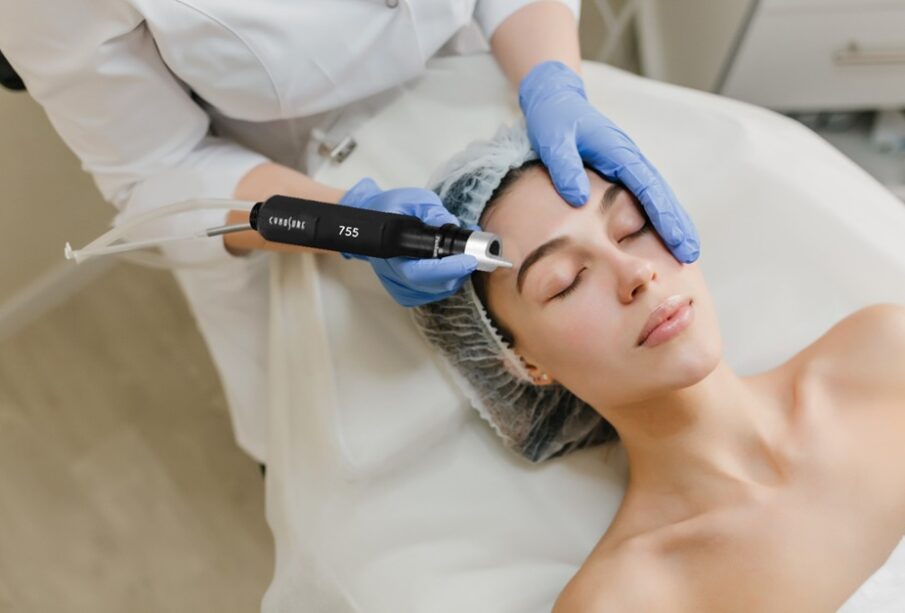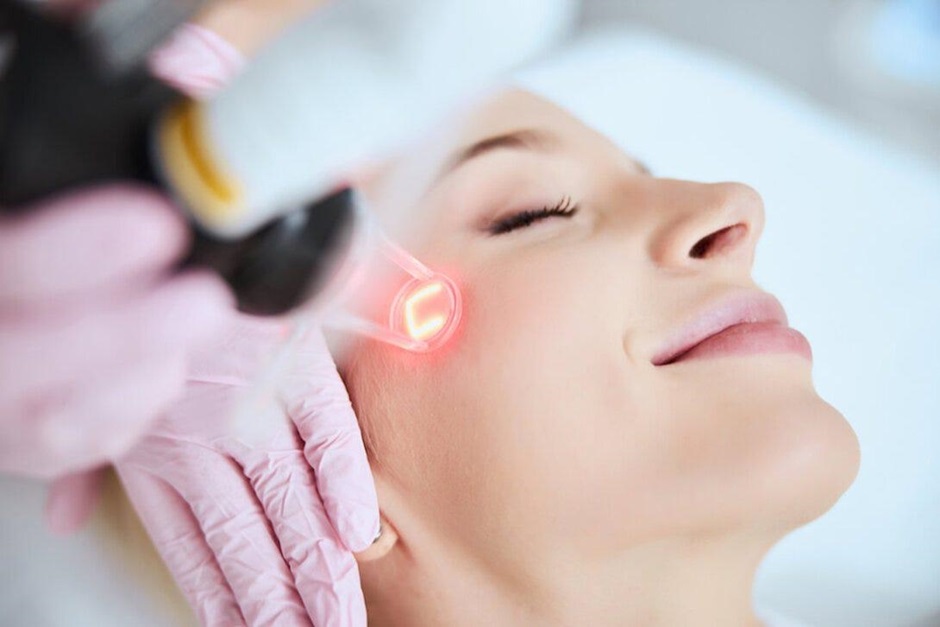Pico Laser vs Traditional Laser: A Comprehensive Comparison

Are you tired of dealing with skin issues like pigmentation, age spots, or acne scars? You’re not alone. Many people look for effective treatments that offer quick results with minimal downtime.
Pico laser might be the answer you’ve been searching for. This innovative technology stands out as a leading option in cosmetic laser therapy.
With its ability to safely and effectively target various skin concerns, it’s no wonder Pico laser is gaining popularity.
In this article, we’ll explore how Pico laser compares to traditional laser treatments in addressing skin problems.
We’ll dive into their effectiveness, safety, potential side effects, treatment frequency required, and how long the results last.
Whether you’re thinking about getting a Pico laser treatment or just curious about your options, this comparison will provide valuable insights to help make an informed decision.
Ready to learn more? Keep reading!
Principles and Procedures of Pico Laser and Traditional Laser Treatments
The Pico laser operates by delivering ultra-short pulses of light to targeted areas without heating the surrounding tissue.
This process effectively breaks down pigment or skin irregularities, triggering natural skin rejuvenation processes like collagen and elastin production.
Its precision allows for treatment across all skin types with minimal risk and downtime, distinguishing it as a revolutionary approach in dermal layer treatments.
In contrast, traditional lasers emit longer wavelengths of light that heat the targeted tissue to achieve a desired effect. This method can stimulate collagen production but often requires more recovery time due to its intensity and potential thermal damage to adjacent tissues.
While effective for certain conditions, this approach might not suit everyone, especially those with sensitive skin or specific pigmentation issues where Pico laser offers a gentler alternative.
Both technologies mark significant advancements in dermatology and medical aesthetics, providing tailored options for varied cosmetic procedures aimed at skin rejuvenation and repair.
Comparison Between Pico Laser and Traditional Laser
Pico laser and traditional laser treatments differ in their effectiveness for treating skin issues, safety profile, and side effects. The treatment frequency and duration of results also vary between the two methods.
Effectiveness in Treating Skin Issues
Pico lasers, with their ultra-short pulses, are effective in addressing various skin concerns like pigmentation, wrinkles, acne scars, and tattoo removal.
They can target melanin clusters for pigmentation issues and stimulate collagen production for skin rejuvenation.
For traditional lasers, such as nanosecond lasers, have been effective for specific skin concerns like hair removal and skin resurfacing.
They have been widely used for treatments like pigmented skin, melasma, wrinkles, acne, and tattoo removal.
Safety and Side Effects
Pico laser treatments are considered safe with minimal discomfort and fewer side effects compared to traditional lasers.
They minimize skin damage significantly and have a lower risk of complications like burning scarring, and pigment-related issues.
Moreover, the advanced technology utilized in Pico laser treatment reduces the likelihood of damaging surrounding tissues, ensuring a safe and effective procedure.
Traditional lasers may affect surrounding tissues during treatment to some extent, leading to potential complications like burning, scarring, and pigment-related issues.
Besides, they can be less effective for certain skin types compared to Pico Laser treatments.
Treatment Frequency and Duration of Results
After assessing the safety and potential side effects, it’s important for individuals considering pico laser treatment to understand the frequency and duration required for optimal results.
The treatment frequency will vary based on the specific skin concerns being addressed; however, multiple sessions are typically necessary to achieve desired outcomes.
Due to its shorter pulse duration and ability to deliver more laser shots in less time, Pico Laser treatments often require fewer sessions compared to traditional lasers.
This results in shorter recovery times and quicker results for conditions like pigmentation issues and tattoo removal.
In contrast, traditional laser treatments may require more sessions and longer recovery times depending on the skin concern being addressed.
They have been effective but may not offer the same speed of results as Pico Laser treatments.
Conclusion
In summary, Pico Laser treatments stand out for their effectiveness in treating a wide range of skin issues with minimal discomfort and faster results compared to traditional lasers.
However, the choice between the two depends on individual skin concerns, treatment goals, and the advice of a qualified skincare professional or dermatologist.
FAQs
1. What is the main difference between Pico Laser and Traditional Laser?
The main difference lies in their pulse of light; Pico Laser uses shorter pulses, which can lead to more precise skin pigmentation treatment and skin damage reduction compared to traditional laser technology.
2. Which laser method is better for dermatological treatments?
Both methods have their benefits, but Pico Laser might be more effective for certain skincare methods because it targets skin issues with faster, less damaging pulses of light.
3. Can both lasers treat all types of skin pigmentation?
Yes, both Pico Lasers and Traditional Lasers can treat skin pigmentation, but the effectiveness may vary based on the type of pigmentation and laser wavelengths used in the equipment.
4. Is one type of laser safer than the other?
Safety depends on various factors including the condition being treated, the skill level of the operator, and how each individual’s skin reacts. However, due to its precision and reduced heat damage, Pico Laser might offer a slight edge in reducing risks associated with laser treatments.















